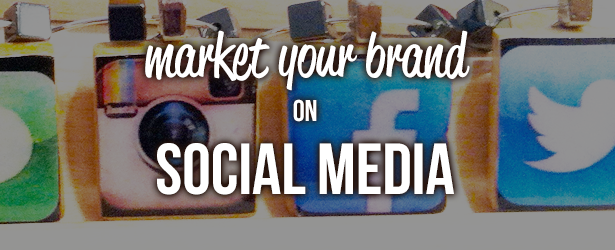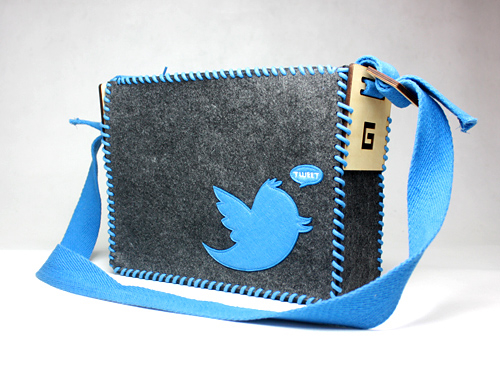Getting Started Marketing Your Brand On Social Media

As a brand, it’s important to put together a social media marketing plan in order to get more people directed to and engaged with your store. Figuring out which social media channels to pursue is the obvious next step! With social media, you want to have it be an extension of your brand as opposed to just another page that lists your products.
I’ll focus on five key channels that will help with getting your brand in front of new eyes:
- Pinterest is a photo sharing platform that allows you to create topics around collections of images — aka boards.
- Facebook is great for setting up a brand page to use for interacting and sharing content and conversations with an audience.
- Twitter is perfect for communicating quickly and briefly with multiple people at once. You can also share links with your audience to introduce them to content you find appealing! Twitter is a great tool for starting a conversation.
- Tumblr is a great blog platform for posting a variety of media: videos, music, text, images and of course animated gifs. You can almost think of Tumblr as a visual Twitter.
- Instagram is an amazing photo taking tool which can be used to share your own photos with an audience.
As certain channels are stronger in helping build your brand in better ways than others I like to split these channels into two categories, visual and communication.
1) Visual Identity of your brand.
Tumblr, Instagram and Pinterest are all great channels for showing your audience what your interests are, and building a brand story around your business. Paint the vision of what you want your customers to feel about your products and, more importantly, how they will feel if they buy your products. The biggest mistake you can make is simply posting product photos to your social channels and expecting to see interaction and return from it. With so many people and brands posting to social media, plain product posts will be viewed as noise and therefore go unnoticed.
Each of these platforms has a slightly different audience that may make more sense for your brand which we will get more into in a later post.
2) Direct communication with your audience.
Two great channels for engaging and starting conversations with your audience are Twitter and Facebook.
Twitter is perfect for communicating quickly with many people at once. Content here is limited to only 140 characters so your “tweets” need to be punchy and are generally seen as way less permanent than a Facebook post. It also works great as a place that customers can send you questions and concerns quickly without having to rely on email first. People do expect quick responses on Twitter, so make sure if are on this channel you are ready to respond.

Facebook is more focused on sharing media, encouraging dialogue around posts, and learning more about the people interested in your brand. Again, stray away from only posting self promotional content. Find commonalities with your audience and engage in conversation instead of trying to sell to everyone that comes to your Facebook page, I guarantee you will see a lot more success.
Examples and Inspiration
- Twitter – Lu and Ed
- Instagram – Workerman
- Tumblr – Proudly Say
- Facebook – The Shine Project
- Pinterest – Lazy Twins
Gaining followers doesn’t happen over night, you will need to spend the time and effort to really sculpt your online profiles to represent you and your brand well. Also be sure to include a link to your store so the people who come for your content can also discover your brand.
The key to successful online profiles is quality over quantity. For the visual identity channels try to get at least one post up a week and keep at it! For the direct communication channels make sure to encourage dialogue frequently and respond to your audience quickly!
Ready to start sharing?! Which channels will you choose?



